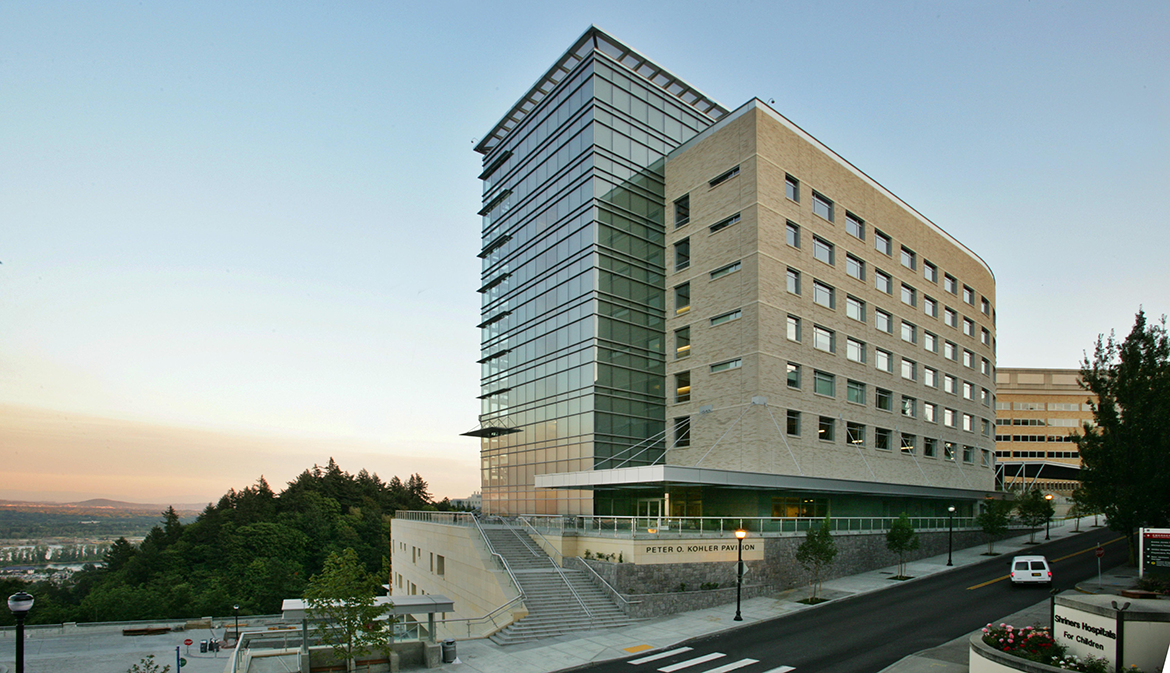The Kohler Pavilion stands as a remarkable example of contemporary architecture, merging functionality with artistic vision in a way that captivates all who experience it. Nestled within the lush grounds of the renowned Kohler Company in Wisconsin, this architectural gem serves not only as a functional space for the company but also as a cultural landmark that reflects the values and innovative spirit of its creators. This article explores the design, purpose, and impact of the Kohler Pavilion, highlighting its significance in the realm of modern architecture.
Historical Context
Kohler Company, founded in 1873, has a long history of excellence in plumbing products and kitchen and bath fixtures. Over the decades, it has evolved into a multifaceted enterprise that emphasizes design and innovation. The Kohler Pavilion was conceived as part of the company’s commitment to quality craftsmanship and aesthetic beauty, aimed at showcasing their products while also serving as a space for community engagement and cultural activities.
The pavilion was completed in 2008 and designed by the internationally recognized architectural firm, Bergmann Associates. The project was part of a broader initiative to create a welcoming environment for visitors and employees alike, emphasizing the importance of integrating art and architecture in everyday life.
Architectural Design
The Kohler Pavilion is a stunning example of modern architectural principles. Its design combines sleek lines, open spaces, and a harmonious relationship with the surrounding landscape. Here are some key features that define its architectural identity:
1. Innovative Use of Materials
One of the most striking aspects of the Kohler Pavilion is its innovative use of materials. The building incorporates large expanses of glass, allowing natural light to flood the interior. This not only enhances the aesthetic appeal but also promotes energy efficiency and sustainability. The exterior features a combination of wood, stone, and metal, creating a balanced and inviting façade that reflects the natural beauty of the Wisconsin landscape.
2. Sustainable Design Practices
Sustainability is a cornerstone of the Kohler Pavilion’s design. The architects employed environmentally friendly practices throughout the construction process, using recycled materials and incorporating energy-efficient systems. The pavilion is equipped with rainwater harvesting systems, solar panels, and high-performance insulation, showcasing Kohler’s commitment to environmental stewardship. This dedication to sustainability aligns with the company’s values and sets a benchmark for future architectural projects.
3. Open and Flexible Spaces
The interior layout of the Kohler Pavilion is characterized by open and flexible spaces that encourage collaboration and creativity. The design features multi-functional areas that can be adapted for various purposes, including meetings, exhibitions, and social gatherings. This flexibility fosters a sense of community and encourages interaction among employees and visitors, aligning with Kohler’s mission to create a welcoming atmosphere.
4. Integration with Nature
The Kohler Pavilion is designed to seamlessly integrate with its natural surroundings. Large windows and sliding glass doors provide breathtaking views of the adjacent gardens and landscapes, blurring the boundaries between indoor and outdoor spaces. The landscaping around the pavilion features native plants, creating a sustainable ecosystem that enhances the overall aesthetic and ecological health of the area.
Purpose and Functionality
The Kohler Pavilion serves multiple purposes, functioning as a showroom, event space, and cultural hub. Its versatility is one of its most appealing aspects:
1. Showroom for Kohler Products
As a showroom, the Kohler Pavilion showcases the company’s latest innovations in bathroom and kitchen design. Visitors can experience firsthand the quality and craftsmanship of Kohler products in beautifully designed settings. The pavilion hosts rotating exhibitions that highlight new technologies, trends, and design concepts, making it a must-visit destination for architects, designers, and homeowners.
2. Event Space
The pavilion is also a premier event space, hosting a variety of functions, including corporate meetings, conferences, and community events. Its state-of-the-art amenities and stunning architectural design make it an attractive venue for gatherings of all kinds. The flexibility of the space allows for seamless transitions between formal presentations and casual social events, catering to the diverse needs of its users.
3. Cultural Hub
Beyond its commercial and corporate functions, the Kohler Pavilion serves as a cultural hub for the local community. It hosts art exhibitions, workshops, and educational programs that foster creativity and learning. By engaging with local artists and organizations, the pavilion contributes to the cultural vibrancy of the region, making it an essential part of the community fabric.
Impact and Recognition
Since its opening, the Kohler Pavilion has garnered significant attention and acclaim in the architectural community. It has been recognized for its innovative design and commitment to sustainability, receiving numerous awards and accolades. The pavilion has also become a symbol of Kohler’s dedication to quality, craftsmanship, and community engagement.
1. Awards and Accolades
The Kohler Pavilion has received several prestigious awards, including recognition from the American Institute of Architects (AIA) for its outstanding design and sustainability practices. These accolades highlight the pavilion’s status as a model for contemporary architecture and its impact on the industry.
2. Influence on Future Projects
The design principles and sustainable practices employed in the Kohler Pavilion have influenced other architectural projects within the Kohler Company and beyond. As more companies prioritize sustainability and employee well-being, the pavilion serves as a blueprint for integrating these values into future developments.
3. Community Engagement
The Kohler Pavilion has fostered strong ties with the local community, providing a platform for artists and organizations to showcase their work. By hosting events and educational programs, the pavilion has become a vital resource for the community, enriching the cultural landscape of the region.
Conclusion
The Kohler Pavilion stands as a testament to the power of innovative design and sustainable practices in modern architecture. Its striking aesthetics, versatile functionality, and commitment to community engagement make it a landmark in Wisconsin and a model for future architectural endeavors. As the Kohler Company continues to evolve, the pavilion remains a cornerstone of its mission to inspire creativity and promote quality craftsmanship, shaping the future of design and architecture. Through its seamless blend of form and function, the Kohler Pavilion not only reflects the company’s values but also enhances the experience of all who visit it, solidifying its place in the annals of architectural excellence.



